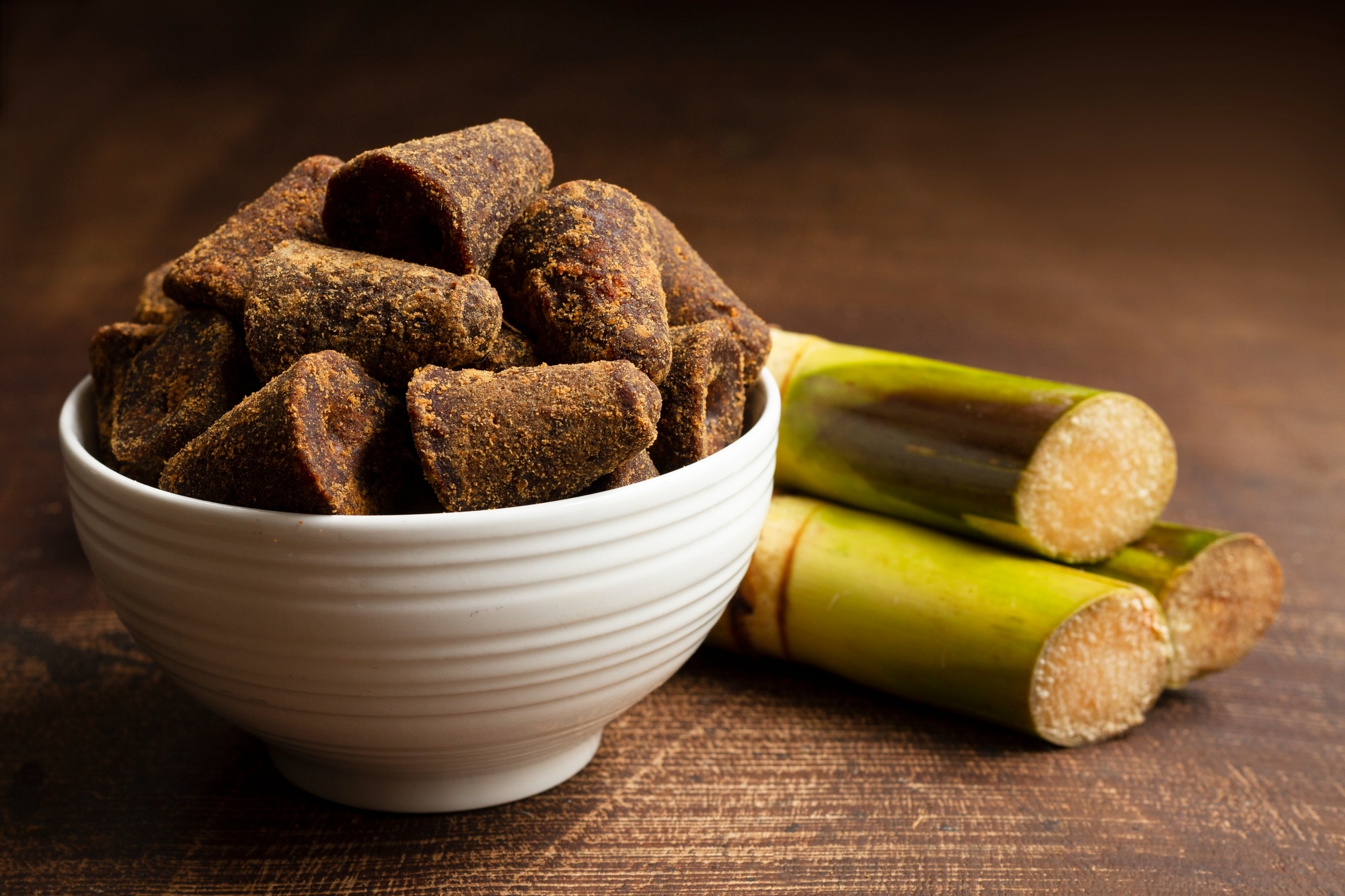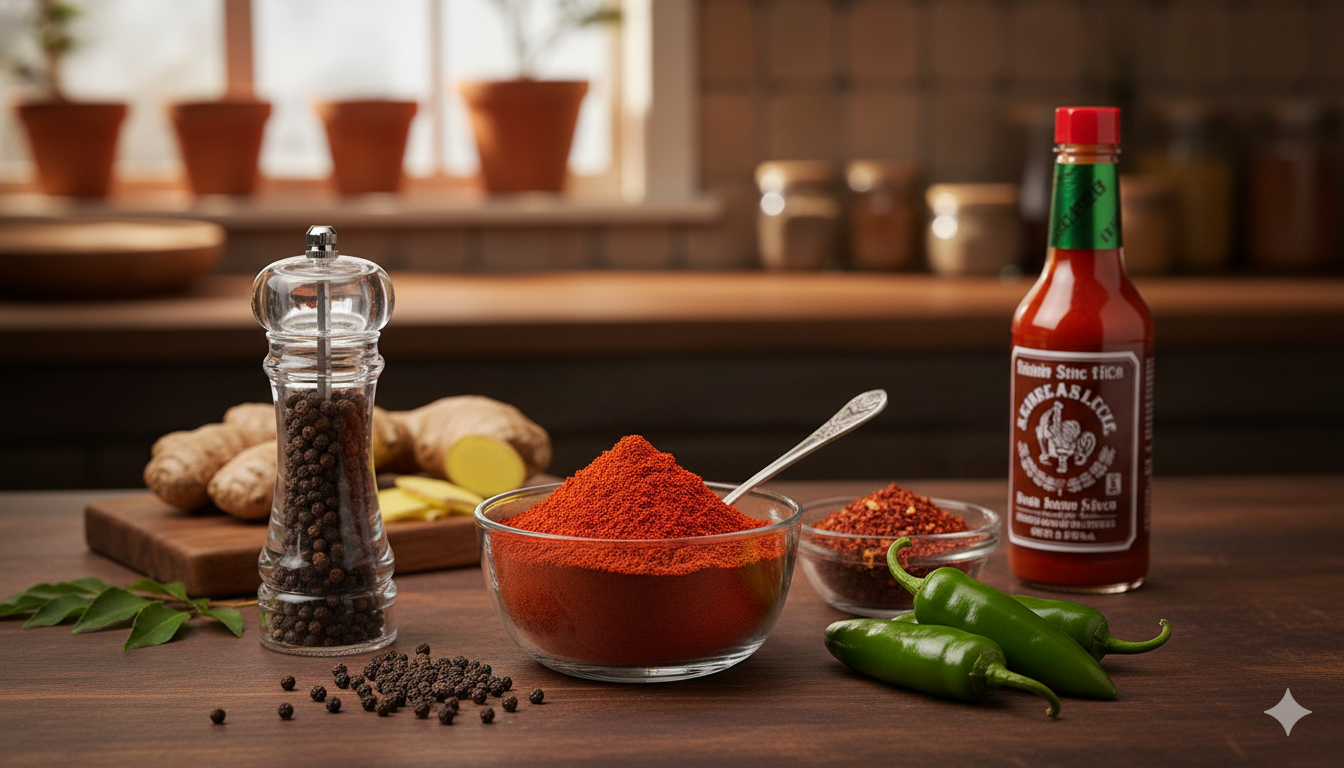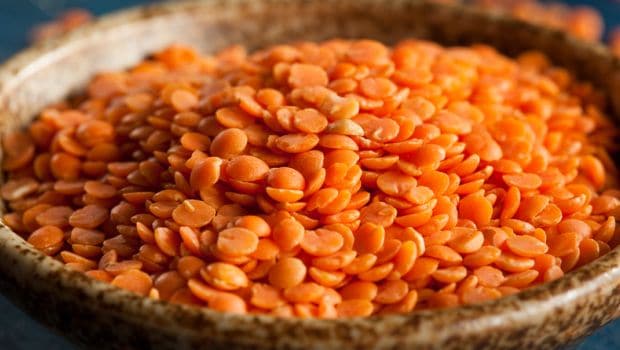I like Masoor Musallam- the whole dal that is neither husked nor split, and cooked with a robust tempering of ginger and garlic (and green chillies), instead of just heeng and zeera. For years, my mother made it with a few kidney beans and some milk added in for a creamier texture. This gave us the illusion of eating restaurant-style Dal Makhni!
Makhni, made from whole or sabut urad, was not allowed to be cooked at home. It was regarded as "inauspicious", a food for mourning. We ate it in restaurants, of course. And then my mother made sabutmasoor as a substitute. I suspect it was a recipe popular in old UP homes and she had picked up a spruced up version from the annual Dalda cookbook or whatever else was handy in the 1970s, when she was still that age when girls of her class and background typically were encouraged to pick up a few party dishes before they married, somewhat like being in a finishing school without really being in one.(Also Read: 10 Best Dal Recipes- How to Cook it To Perfection)
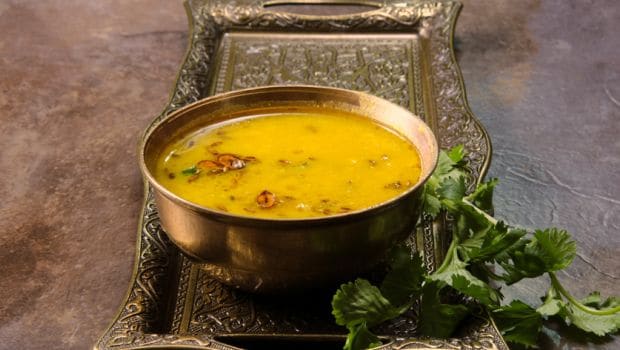
Masoor was once dubbed "mallika masoor", the queen of lentils; Image credit: Istock
The Nawabi Side of MasoorSabut masoor could be made into a party dish for sure-a break from the routine arhar dalthat we ate or the moong, equally common place and regarded as a food for the ill. We didn't dub the dish Masoor Musallam though in our Kayasth home, just as we didn't call Gobhi Musallam that. A whole cauliflower stuffed with masala and cooked on dum in the karahi was just sabut gobhi, even though of course it was fashioned after the "musallam" or whole preparations of Nawabi cooking such as chicken or duck Musallam. But was that dal, call it Masoor Musallam or what you will, special enough to give it star status on a table laden with kebab, pulao and much else? The answer is a firm no.
Yeh mooh or Masoor ki Dal may be a smart turn of phrase but nowehere in the many Awadhi homes I have known was masoor thought of as anything very special. Sookhi Urad Dal in fact was more of a star even amongst lentils, anyway a category thought to be somewhat routine and taken for granted as a staple.
Food historian KT Achaya points to the masoor as one of the oldest dals of the subcontinent mentioned in the early Vedic texts. He postulates that the word "masoor" itself is of aboriginal origin. However, for some reason in later day and age, the dal's image seems to have undergone a makeover. In UP and all over the Indo-Gangetic plain, preparations of sabut masoor are regarded as Mughalai/Nawabi influenced, whether as a nicely tempered Masoor Musallam or fashioned into vegetarian versions of kebab that many Kayasth homes did, or even in a khichdi aspiring to the status of a pulao!
(Also Read: Masoor Dal for Skin- 5 Ways to Include It in Your Beauty Regime )Masoor Khichdi - the Comfort Food
Old Muslim homes in UP have commonly put Moong dal Khichdi on their tables as a light afternoon meal. But unlike the mashy, watery Moong Dal Khichdi made with the skinned and split dal (a dish associated with a bad stomach) in the homes of other communities, this Awadhi khichdi would be made with whole and unhusked moong (the green lentil), cooked together with fine long-grained rice with just enough water so the grains (both the dal and rice) retained shape and texture. This one-pot dish was typically cooked with a hint of whole garam masala and served topped with browned onions. A fine dish without doubt. Apparently, a similar one used to be made from sabut masoor. In fact, stories conjecture that Birbal ki Khichdi, the fabled dish the wise courtier attempted to cook for Akbar, had not moong-the common khichdi dal-but masoor in the pot. Who's to say it was otherwise?
The huge confusion in nomenclature that exists within the Subcontinent between akhichdi(rice and dal cooked together), tahiri (rice and vegetables), pulao (rice, meat and spices cooked together) and biryani (rice and meat layered, with a more robust spicing than pulaos) means that a sabut Masoor Khichdi often tends to get dubbed as a Masoor ka Pulao, or worse, Masoor ki Biryani, recipes invented by cooks and ladies of the house to cater to the vegetarians.
There are also some pulao recipes where masoor and keemaare bunged in together with the rice and these seem popular in Pakistan. However, snobbery aside, all these inventions rely on just one thing-the firmness of the whole masoor, its ability to hold shape and texture and not collapse into a mushy mess when cooked with water.
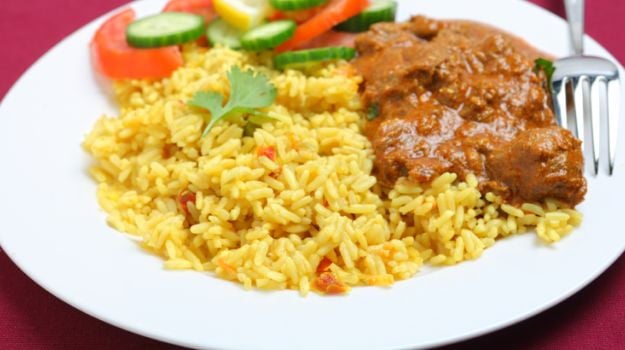
There are also some pulao recipes where masoor and keema are bunged in together; Image credit: Istock
Masoor in Global Cuisine
As a lentil, the masoor has been associated with Egypt, possibly because the grain originated in the Mediterranean and was used by the ancient Egyptians. Not just in India but in many other parts of the world, the lentil is dubbed as the "Misr" lentil. In fact, Misr Wat, the Ethiopian soup, now a familiar restaurant dish, is just the red, husked, masoor dal. This is not the only "soup" made from the lentil either. In Umbria, Italy, a local delicacy is the masoor (their "local lentil") with bits of sausage chopped into it. The mammas there though cook the whole lentils, unhusked-so the dish really is sabut masoor and sausage, which may be elevated with a bit of truffles in season. Now, for that sort of a dish, you may well say, "yeh mooh aur masoor ki dal"!
In many parts of India, the husked red lentil is fairly common. A Facebook poll that I conducted on favourite masoor recipes threw up gems that we sometimes forget even though they are entrenched in regional cuisines: From the masoor bor of Assam (fritters made after soaking and grinding the dal) to a Saraswat Masoor Dal with coconut and onion masala to the red Andhra chutney eaten with pesarattu and dosa. There's even a Masoor Dal Kadhi that you could make, or chillas. Given that the grain has a high protein content, it's literally more power to the masoor.(Also Read: 10 Best North Indian Breakfast Recipes)
About the Author:
Anoothi Vishal is a columnist and writes on food for The Economic Times and NDTV Food, and runs the blog a moveablefeast.in. She tracks the business of restaurants and cuisine trends and also researches and writes on food history and the cultural links between cuisines. Anoothi's work with community-based cuisines led her to set up The Great Delhi Pop-Up three years ago, under which she promotes heritage, regional and community-based cuisines as well as researched and non-restaurantised food concepts. She has also been instrumental in reviving her own community's Kayastha cuisine, a blend of Indo-Islamic traditions, which she cooks with her family and has taken across India to a diverse audience.
Disclaimer:
The opinions expressed within this article are the personal opinions of the author. NDTV is not responsible for the accuracy, completeness, suitability, or validity of any information on this article. All information is provided on an as-is basis. The information, facts or opinions appearing in the article do not reflect the views of NDTV and NDTV does not assume any responsibility or liability for the same.



